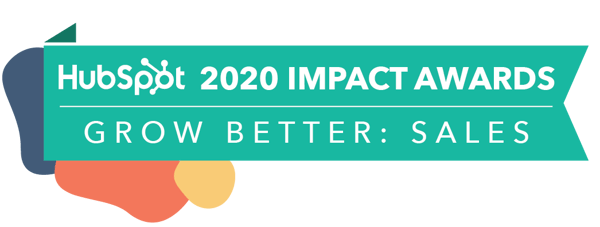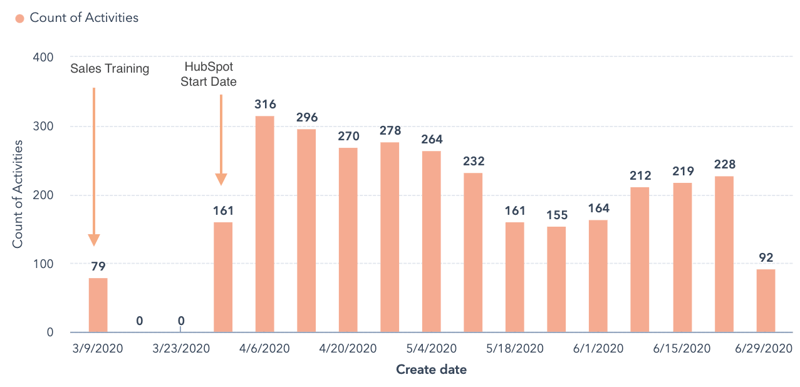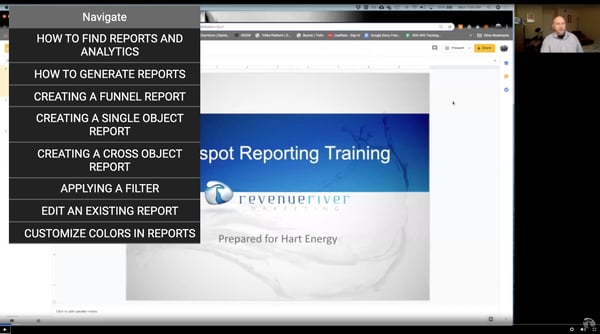Revenue River is now an Instrumental Group Company. Learn more.
call us: 303-945-4341
Revenue River is now an Instrumental Group Company. Learn more.

Hart Energy is the global energy industry's comprehensive source for news, data and analysis that inform business and technology decisions. They play many different roles: publisher, consultant, event organizer, online content developer, researcher, digital mapping specialist, and veteran industry observer.
They’ve been a top player in their industry since the early 1970s and with that history comes a breadth of knowledge and experience that is not easy to surpass. However, being around that long means that every once in a while the process and systems that once worked, need to be changed, updated or replaced all together.
That’s where Revenue River comes in. We helped Hart Energy migrate their data, processes and people from Salesforce to HubSpot successfully.

Hart Energy came to us with a pretty standard request: move what they have in Salesforce over to HubSpot and train their team. But like many migrations, once we dug into it a bit we discovered there was a lot more to the story.
An inherent challenge of this type of migration is that things can’t always transfer over in a 1 to 1 kind of way. This means that everything needed to be mapped strategically, especially since Hart Energy was looking to cut useless fields and dead-weight data. Combine this with the fact that we were dealing with over 100k records. It is very easy to lose track of where things go and for information to be lost in the transfer. Without the proper data quality checks and tests, a migration like this could spiral out of control causing more harm than good.

Hart Energy was also looking to streamline their sales process. This meant that as we built out their HubSpot Sales Pro environment we needed to dig in on how they were selling, what their back office activities looked like and trim the fat. To make things harder, the sales team had already been familiarized with HubSpot during a test, but the experience left a bad taste in their mouth because of the duplicated work using two CRMs. We needed to not only train the sales team on HubSpot, but turn the tide of opinion as well during our training sessions.
Just moving their data from Salesforce to HubSpot wasn't enough. They needed to be ready to take full advantage of what HubSpot has to offer and hit the ground running.
In order to do this well, we conducted a series of interviews with Hart Energy Sales Reps and Managers. Doing this not only allowed us to make sure all essential steps in the sales process would make it into HubSpot, but also allowed us to identify friction points in the sales process and fix them. We asked pointed questions about what running a sale through their process actually looked like and identified specific ways we could make things better for them.
EXAMPLE 1: inputting company information was a step that was often missed or only done to the bare minimum. We were able to set the system to add and prefill company info automatically. This not only put time back into the pockets of the sales people, but improved the quality and coverage of their data. By tasking HubSpot with filling in the company info we were able to improve reporting and unify all the account communication history in a much simpler more intuitive way.
EXAMPLE 2: the process of logging sales activity. This was often not done or done incorrectly. We were able to standardize that and allow for easy logging of emails and calls in contact timelines. Doing this gave sales management a better understanding of who key accounts were and how much work goes into different types of sales.

The result was a more streamlined process, which enabled easier reporting and less extraneous tasks. This allows the sales team to focus more on selling. In one instance, we had a salesperson who had been maintaining an additional CRM outside Salesforce, but after the migration, they were able close it down and work solely out of HubSpot.
With the sales system built and the data transferred it was time to take on the challenge of getting the sales team to embrace the new CRM. To strategically increase early adoption, we made sure to conduct interviews with our front-line users. This enabled us to take their input to incorporate into the sales system, adding more value to HubSpot and ensuring the sales team didn't feel blindsided when it was time to start training. In some cases, they were even enthusiastic about the change and raring to go!
We split training into 3 different sessions:
With training complete, we set up a resources document that not only linked back to the recorded training sessions, which we cut down and added a timestamped table of contents for easy navigation, but it also had step by step instructions to use some functionalities the sales team had asked for.

HubSpot isn’t inherently better than Salesforce, nor is Salesforce better than HubSpot. They both have their strengths and weaknesses and to use them successfully you need to play to their strengths. But, it's possible to find ways to still get the data you need, but deliver it in different ways—sometimes in better ways. The importance of understanding this change was a key component of overcoming resistance to the change. Overcoming resistance to change because of a fear of learning a new system is tough to overcome. That is why we always include anyone that will be impacted by a migration early and often in the planning phase, so by the time training comes around there is much less resistance to it.